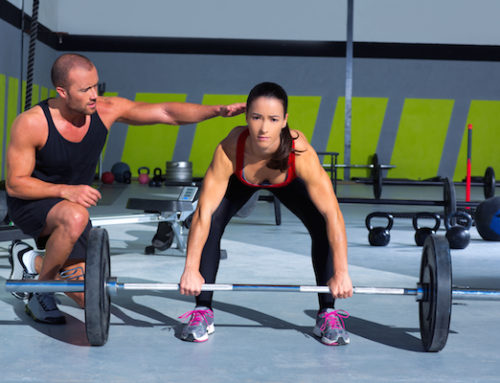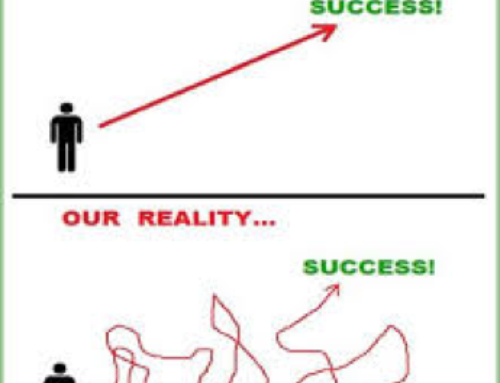Summer is over but it’s still pretty hot and looks like it will stay that way for at least the next month or so. Here are some ways to help you maintain your training intensity and frequency during the days and times when you can’t escape the scorching heat.
The human body is an amazing piece of machinery built for enduring temperature and climatic extremes, and there is absolutely nothing wrong with training hard in the heat, provided common sense is applied. There is, however, an acclimatising period required to adapt to the heat if you are not used to it. The best example being people who live year in, year out in the Alps in showy conditions have long term acclimatisation and handle the extreme cold very well. Just as the Caucasian African dwellers handle the constant sun and heat as part of their lifestyle (the black skinned Africans have a different advantage with the extra melanin that is more genetic than short-term adaptive). Just imagine taking one of the people accustomed to the heat and dropping them in the snow! That would take some time to adapt.
So the first and foremost point is, if you’re not used to training in the heat get into it slowly over a period of a few weeks at least. Train for shorter periods and lower intensity and you will gradually get used to the sun and heat (provided you adhere to the hydration tip below, which is by far the most important) and be able to endure longer periods at your usual intensity as you fully acclimatise. Even those who never go out in the sun, have the albino make up and faint at the thought of sweat, yes you too can adapt. Whether you will love it or not is a different story, and you’ll never overtake the genetics of the African body type that has evolved for centuries to withstand the heat. The body can and will adapt though if exposed to the stimulus for long enough and with enough frequency.
The most important point, however, is hydration. I mentioned that the body is built to handle not only the heat but also the ability to lose heat in the sun provided it can adequately sweat and has air flow. The body has a fantastic heat loss system based on a volume to surface area ratio (think Eskimos vs. black Africans) and the sweating mechanism that evaporates heat continually from the skin as extra blood flow is directed to the skin to radiate heat out from the deep core heat, hence the red flushing of the skin. If you start to drop body fluid, by sweating faster than you replace it, then it becomes a different ball game. Not just from a performance perspective (as little as 2% drop in body weight from water loss has been shown to impair performance ability) but also from the heat loss and sweating point of view. The less water you have, the less you can sweat. Then, if you get into heat exhaustion, which is usually caused by dehydration, you can actually get to the point when the body stops sweating. That’s when you need to remember the phone number ‘000,’ but you probably won’t because you probably won’t be able to remember your name!
The next common sense tip is sun cream – burnt skin doesn’t work so well. This is where the albinos out there might need a little extra effort than the olive skinned and naturally tanned goddesses.
Clothing considerations – the idea is to wear clothing that is something that has effective air flow, which allows new air to reach the skin (conduction and convection) and provides cover from the sun. So complete overalls would be great for hiding the skin from the sun, but it would also create a sauna environment that kills air flow. Air flow is a must for evaporation, especially in humidity.
Managing your effort level and intensity is more pertinent in the heat than in normal conditions. Extra blood flow is directed to the skin, as we mentioned above. So this means if there is more blood going to the skin with a set amount of blood in the body (typically 5-6 litres) there is less for the muscles, so the heart does work harder and this is another consideration to keep in mind. Running at the same pace will not be the same intensity, just have a look at your heart rate monitor to verify this. You will have to account for the extra effort the body will work through to get rid of the heat, just stay hydrated. To get clued up on hydration check out our hydration article here
Humidity is another important factor to consider. Evaporation and radiation are heavily used to lose heat in the hotter environments. When the air is already wet and clammy sweat doesn’t evaporate as well, hence why refrigerated air conditioning always beats evaporative conditioning in humidity.
Air flow to the skin is even more important, so consider your training method. Here are some examples of a hierarchy of tougher vs. easier options when considering the body’s ability to lose heat in hot humid conditions (from easiest to hardest):
- Swimming in sea or cool pool
- Cycling outside (speed is higher than running and so is air flow vs. heat build up)
- Running outside (airflow is still create but less than cycling)
- Running cycling on stationary machine like a treadmill or stationary bike (lots of heat build up but very little airflow. Especially the classes like Spin and RPM when many people’s body
- Especially the classes like Spin and RPM when many people’s body heat raises the temperature and humidity even more. They often have fans though.
- Pregnancy is another factor to consider. If you are struggling to lose heat by sweating, how do you think the body inside you will fare if it can’t evaporate sweat? Not well!
In Summary
- Build up slowly if you are not used to the heat.
- Stay well hydrated. Don’t wait till you’re thirsty.
- Wear sun cream, a hat and smart clothing.
- Consider the effort increase of heat loss and account for it in the intensity you train at.
- Be smart about the type of training. If you think you won’t handle the heat very well then choose an activity that favours air flow and heat loss.





